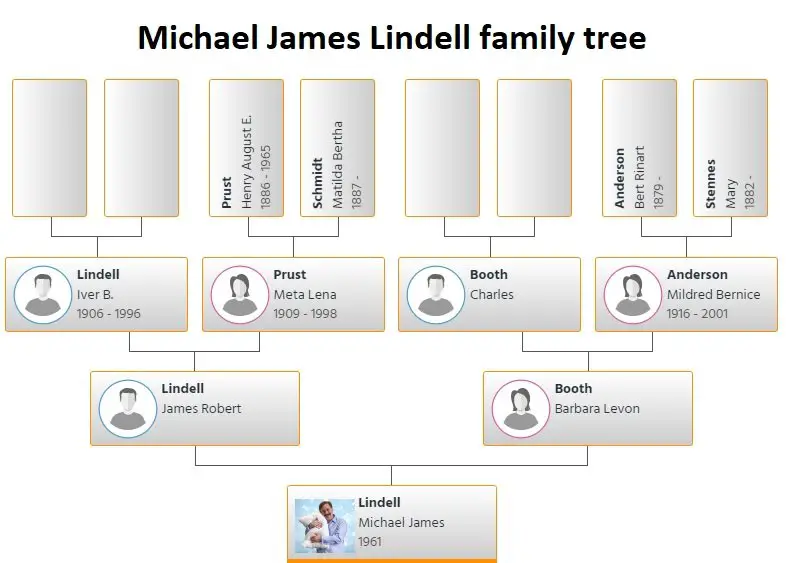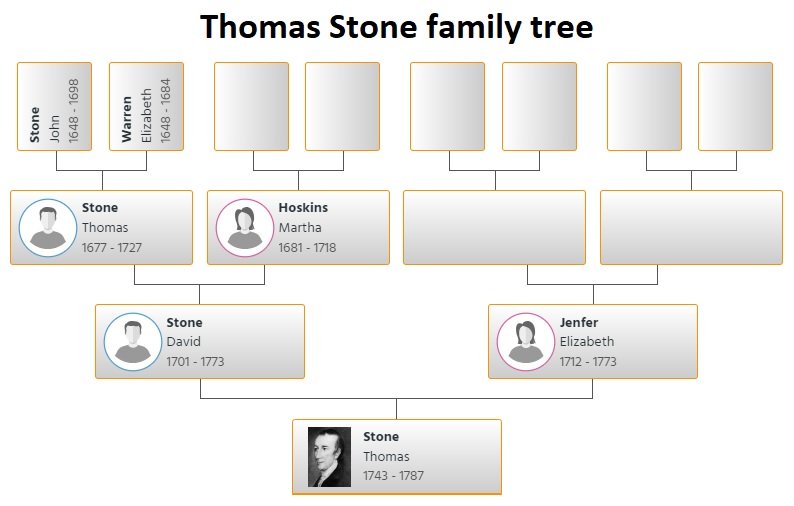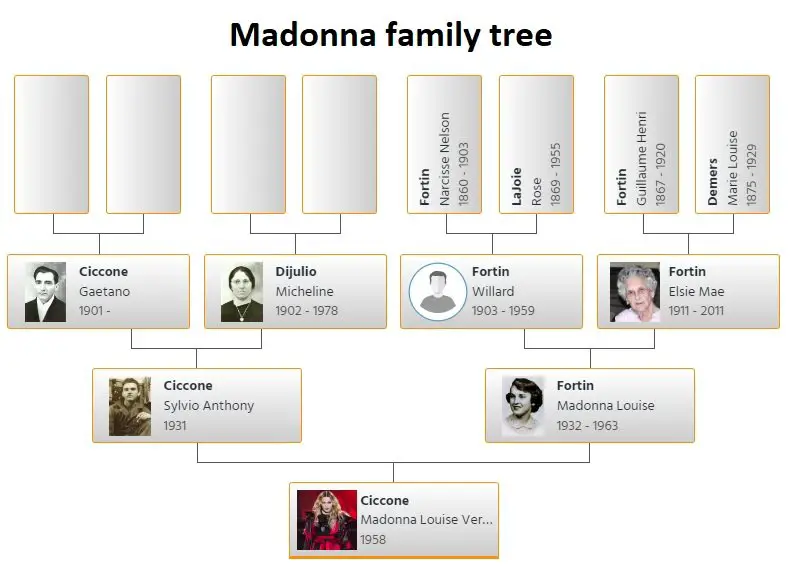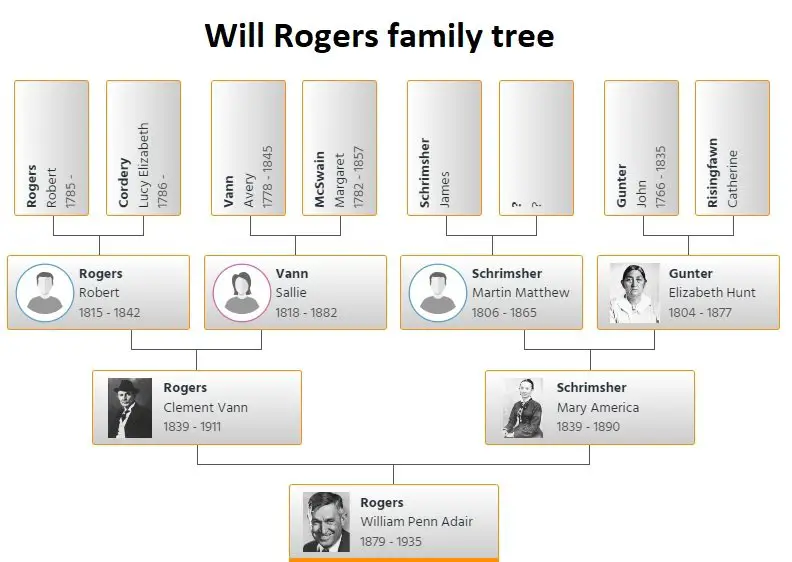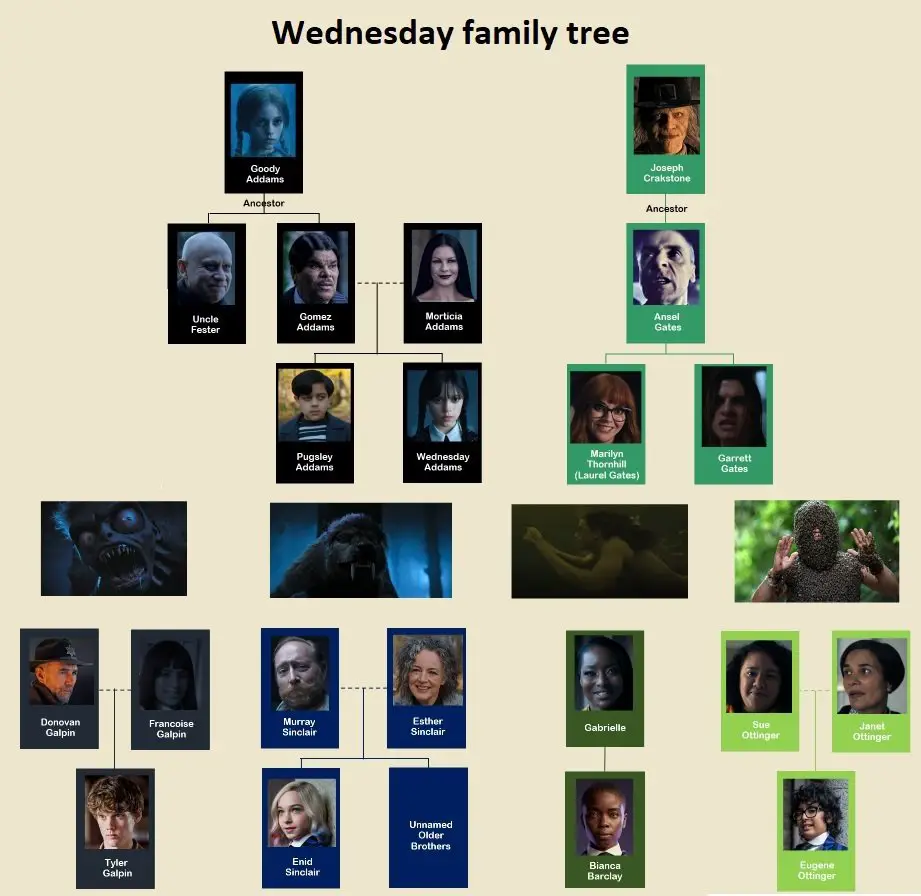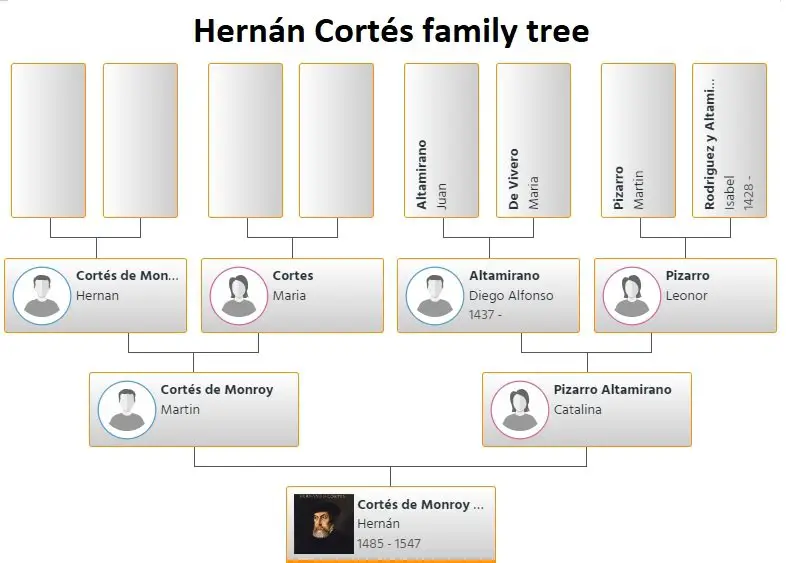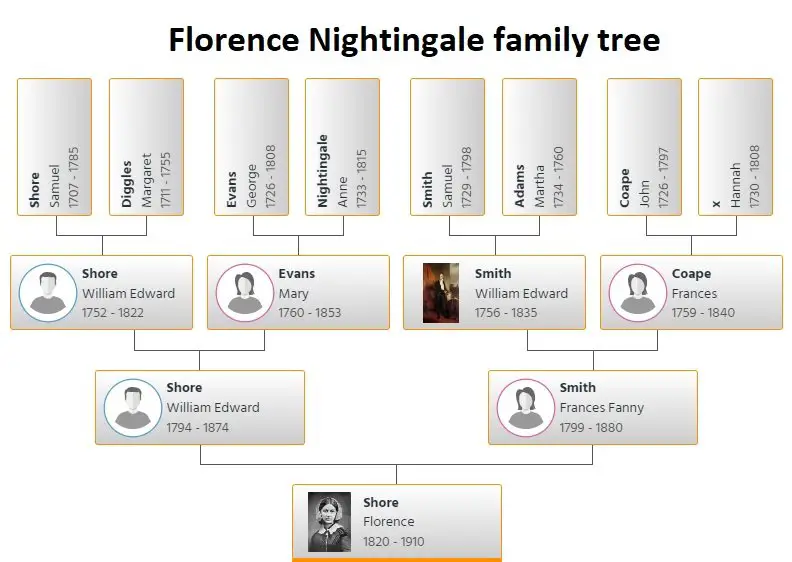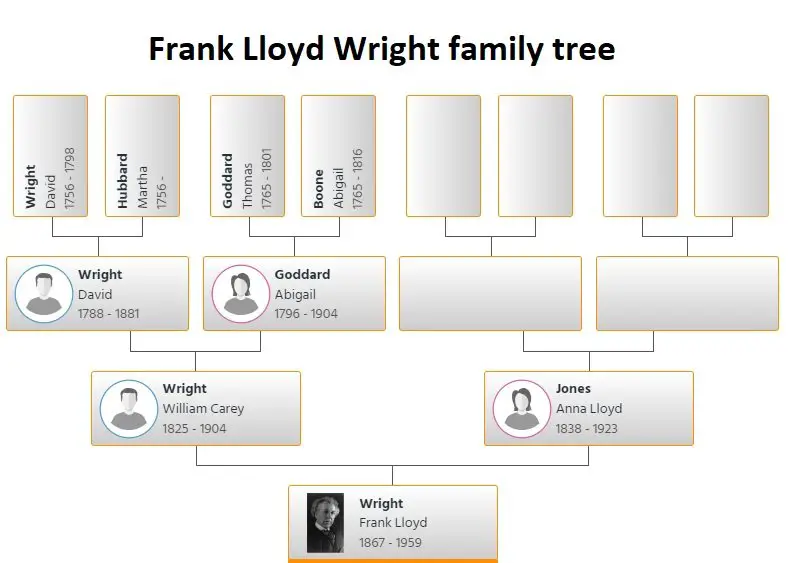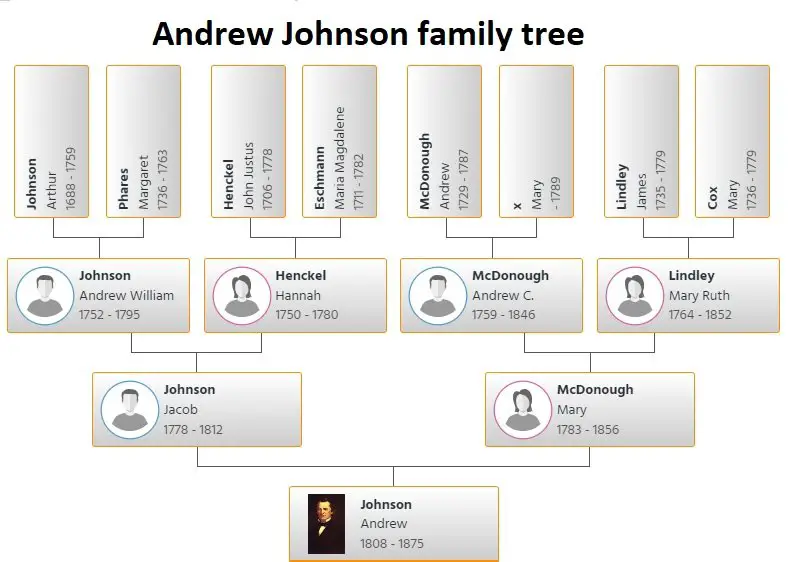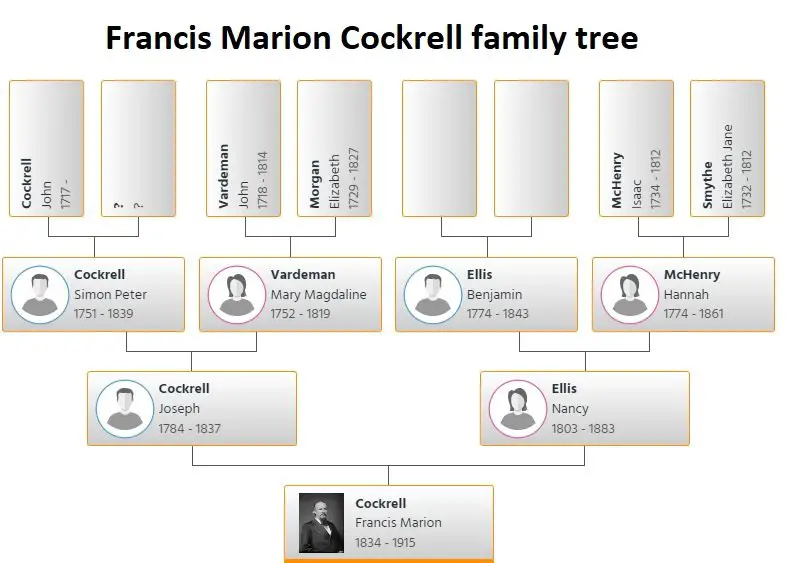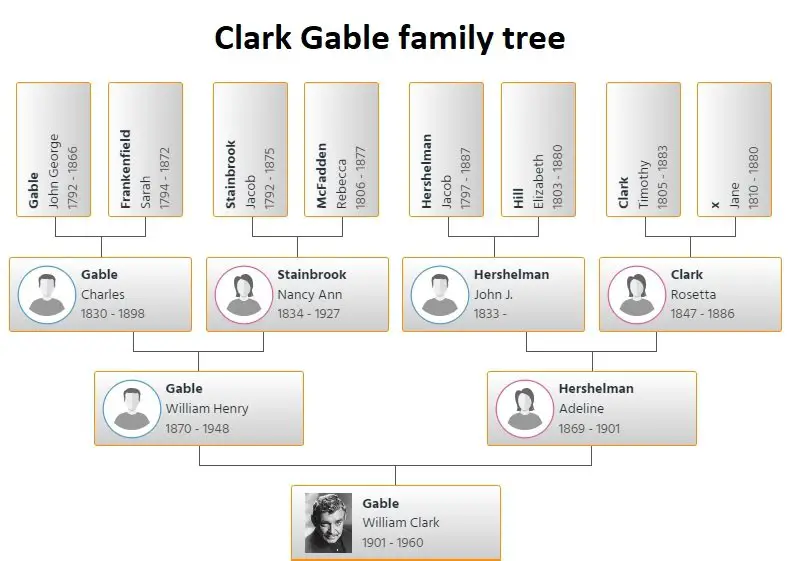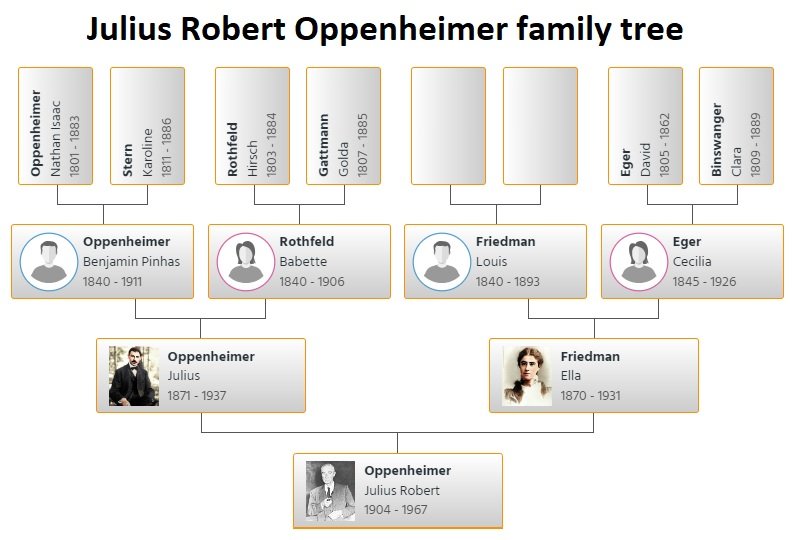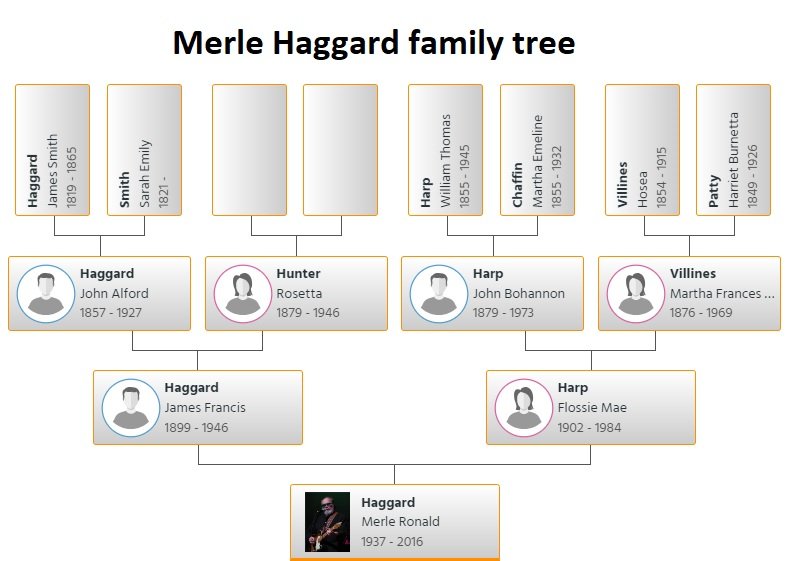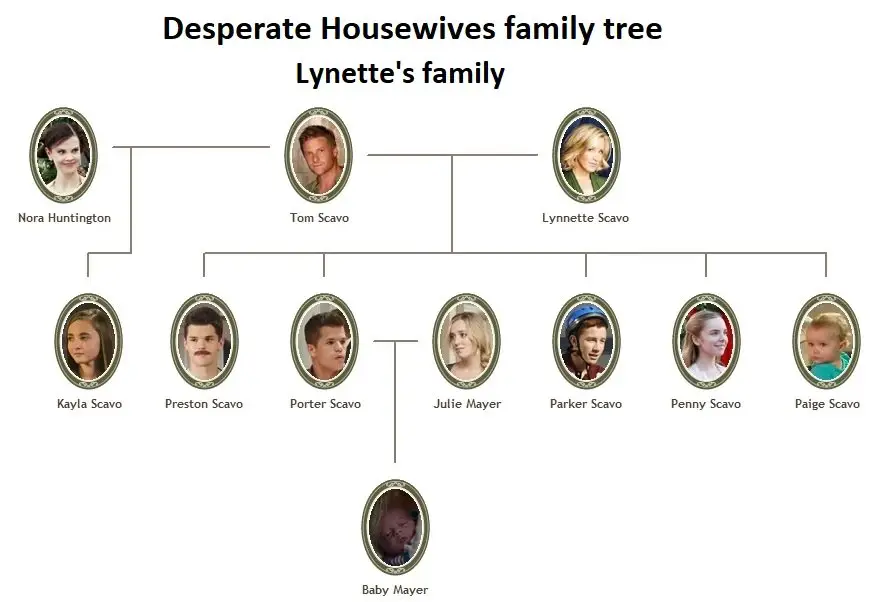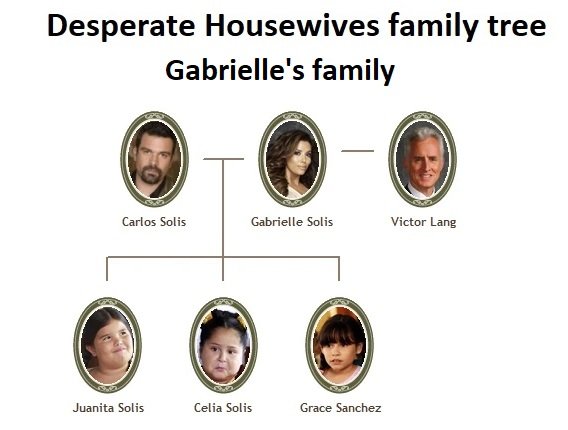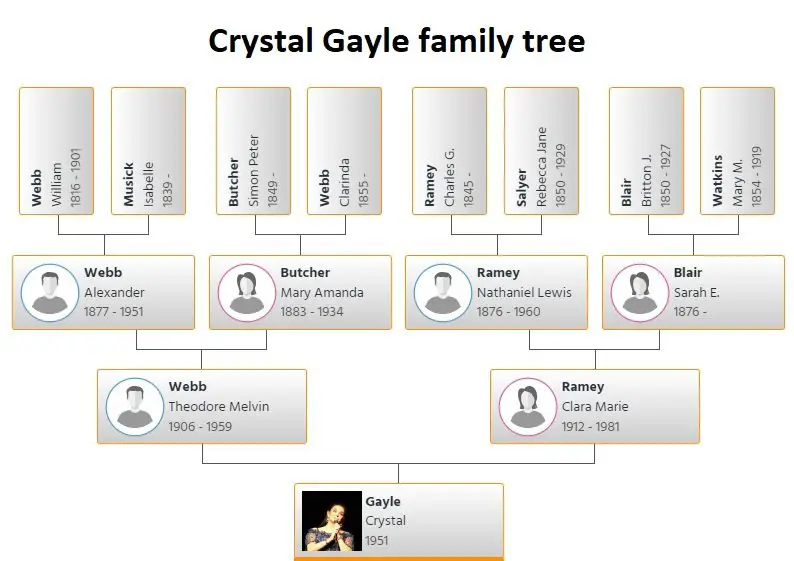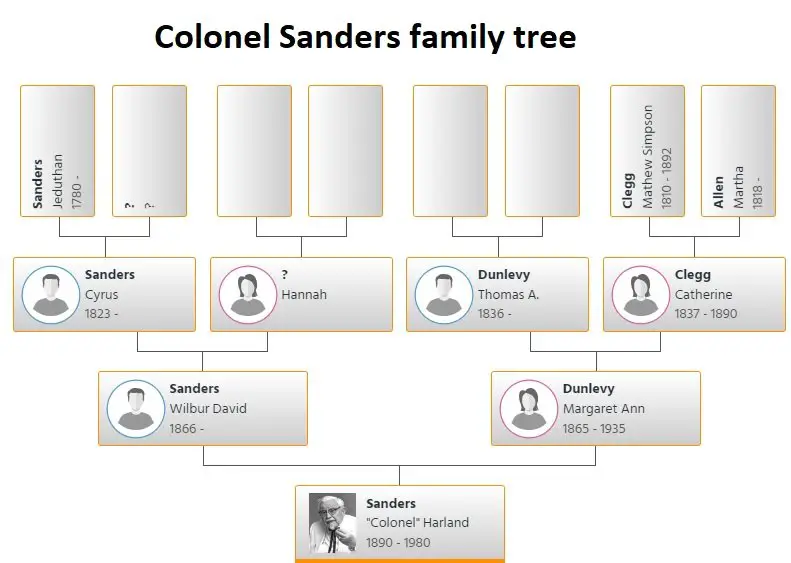Clay Matthews Family Tree
In my experience as a sports historian with a keen interest in football dynasties, the Matthews family story has always fascinated me. From the gritty days of Clay Matthews Sr. laying the foundation to the remarkable feats of Clay Matthews III, I've studied their journey extensively.
I believe the Matthews exemplify the essence of football heritage, and their saga resonates with anyone who appreciates the sport's lineage. Each member's contribution to the game has not only enriched their family legacy but has also provided a blueprint for success that transcends generations.
Key Takeaways
- The Matthews family has a strong football legacy, with Clay Sr. playing for the Los Angeles Rams and San Francisco 49ers in the 1950s and Clay Jr. having a successful 19-season career in the NFL.
- Clay Matthews III, following in his family's footsteps, had a successful career with six Pro Bowl selections and played a pivotal role in the Green Bay Packers' championship victory.
- The Matthews family has a deep-seated competitive ethos, with sibling rivalry between Clay III and Casey Matthews, as well as the presence of Jake Matthews, their cousin.
- Leslie Matthews, as the matriarch of the family, played a crucial role in shaping the family's NFL presence and instilling values of hard work and dedication in her sons.
Early Beginnings: Clay Sr
Clay Matthews Sr. laid the foundation for a sporting dynasty, beginning his career as a formidable professional football player for the Los Angeles Rams and the San Francisco 49ers in the 1950s. He exemplified the virtues of perseverance and commitment that would come to define the Matthews family's presence in the NFL.
His impact went beyond his own time on the gridiron. Clay Sr. wasn't just about personal accolades. As a Golden Gloves boxing champion, he understood the value of discipline and transferred these ethics to his sons, Clay Jr. and Bruce. Their subsequent NFL success can be directly attributed to their father's influence.
Moreover, his transition from sports to CEO of a Fortune 500 company, Bell and Howell, reinforced the idea that the Matthews' excellence wasn't confined to the playing field.
Clay Jr.'s Football Legacy
Building on his father's legacy, linebacker Clay Matthews Jr. carved out a remarkable 19-season career in the NFL, culminating in four Pro Bowl selections and establishing a formidable legacy of his own within the Matthews family's storied history in football.
As a football player, you recognize that achieving such longevity and success at the professional level is no small feat. It demands consistent performance, adaptability, and resilience.
Clay Jr.'s career, marked by durability and skill, significantly contributed to the Matthews family's prominent football narrative. Alongside his son Clay III and brother Casey, he fortified the Matthews' NFL presence, merging individual accolades with the collective family ethos.
Analyzing the Matthews' impact, you see a lineage that has redefined success for football families, boasting 58 seasons, nearly 800 games, and 22 Pro Bowl appearances.
Clay Matthews III's Rise
Emerging from a lineage steeped in NFL greatness, you witnessed Clay Matthews III ascend to become one of the league's most formidable linebackers. His career was marked by six Pro Bowl selections and a pivotal role in the Green Bay Packers' championship victory.
Born into a dynasty where football prowess runs deep, Clay Matthews leveraged his family's storied legacy as a bedrock for his own success. Your analytical gaze reveals that his NFL journey wasn't merely a product of inherent athletic genes; it was also the culmination of relentless work ethic and strategic play.
His impact on the Packers' defense was undeniable, as he consistently delivered performances that not only honored the Matthews name but also etched his own indelible mark on the sport.
Sibling Rivalry: Casey Matthews
Sibling rivalry took on a new dimension with Casey Matthews, who, much like his brother, earned All-American honors as a linebacker, fueling their one-on-one sports competitions with high stakes and familial pride. You'd witness Casey and Clay engage in intense matchups, each not just battling for victory, but also for bragging rights within the Matthews clan.
Their bets weren't merely for fun; they symbolized the Matthews' deep-seated competitive ethos.
Analyzing this dynamic, it's clear their contests were more than sibling squabbles; they were a microcosm of the Matthews' athletic legacy. With cousin Jake Matthews also part of this lineage, the drive for excellence isn't just a trait but a tradition.
Despite the rivalry, Casey and Clay's mutual support signifies a brotherhood fortified by respect, ambition, and shared triumphs.
The Matthews' NFL Dominance
Moving beyond the Matthews brothers' intense personal competitions, the family's influence extends across the NFL, with a legacy of success marked by nearly eight decades of professional play. You've witnessed the remarkable careers of Clay Matthews III, his father Clay Jr., and grandfather Clay Sr., but it's Bruce Matthews who embodies the family's enduring presence in the league.
Bruce's exceptional versatility and resilience led to an astounding 14 Pro Bowl selections, a testament to the Matthews' dominance and commitment to excellence.
Analyzing their collective impact, you'll note the seven Matthews who graced the field across generations, accumulating nearly 800 games and 58 seasons. This isn't just a family tradition; it's an NFL dynasty that has shaped the sport with coaching, mentorship, and a relentless pursuit of greatness.
Bruce Matthews: Extended Excellence
Reflecting on the Matthews family's NFL legacy, it's Bruce Matthews' exceptional 19-season tenure as an offensive lineman that truly epitomizes their sustained excellence in professional football. His career, adorned with impressive accolades, captures the MATTHEWS' Extended Excellence. Analyze the following table to grasp the magnitude of Bruce's impact:
| Career Length | Pro Bowl Selections | Hall of Fame Induction |
|---|---|---|
| 19 Seasons | 14-Time | Yes |
| NFL Games | Family Pro Bowls | Family Seasons |
| Nearly 800 | 22 | 58 |
Bruce's dedication to the sport extends beyond personal achievements; it's about mentorship and legacy. His guidance to younger generations of MATTHEWS, including analysis and coaching, illuminates a family tradition that's as strategic as it is heartfelt, perpetuating a dynasty of football virtuosity.
Female Influence: Leslie Matthews
Behind every great sporting dynasty, there's often an unsung hero; in the case of the Matthews' NFL lineage, Leslie Matthews has been the cornerstone, fostering a culture of perseverance and excellence that has propelled her husband and sons to football stardom.
Your understanding of the female influence: Leslie Matthews, is crucial in grasping the Matthews family's success. As the matriarch, Leslie's role transcended traditional support; she was pivotal in nurturing her sons' athletic prowess. Her guidance was instrumental, shaping the family's NFL presence.
A dedicated mother and wife, Leslie's commitment to instilling values of hard work and dedication has been central. Her unwavering support hasn't only bolstered her family's achievements but has also solidified the Matthews' enduring legacy in professional football.
Future Prospects: Next Generation
As you consider Leslie Matthews' profound impact on her family's NFL achievements, it's natural to turn your attention to the burgeoning talents of the next generation and their potential to uphold the Matthews' prestigious football legacy.
With the family's rich history in the league, there's a palpable curiosity about whether the next generation will continue this tradition of excellence. Analyzing the deep football roots within the Matthews clan, it's clear that the infrastructure for success is well-established.
The anticipation grows as discussions focus on the emergence of new talents from the Matthews bloodline. Observers eagerly await to see how these young prospects will shape the legacy, as the family's connection to the sport suggests a strong likelihood of the next generation making their own indelible mark in the NFL.
Frequently Asked Questions
Are Bruce Matthews and Clay Matthews Related?
You're inquiring about familial ties within the NFL, specifically between Bruce and Clay Matthews. Yes, they are related; Bruce is Clay's uncle, both having made significant marks in their professional football careers.
Does Clay Matthews Have Siblings?
Yes, you've got siblings if you're Clay Matthews. Your brother Casey Matthews also played linebacker, and together, you're part of a lineage where seven relatives have made their mark in the NFL.
Who Is Clay Matthews Father?
You're asking about the patriarch of a football legacy. Clay Matthews III's father is Clay Matthews Jr., former NFL linebacker who played with the Cleveland Browns and instilled strong work ethics in his children.
How Many Kids Does Clay Matthews Have?
You're asking about Clay Matthews' children. He has three: one son, Clay IV, and two daughters, Madeline Joy and Marisa Claire, all of whom are following in the family's athletic footsteps.
Conclusion
You've seen the Matthews' gridiron saga unfold: from Clay Sr.'s pioneering strides to Clay III's stardom. Their NFL reign, with Casey's competitive edge and Uncle Bruce's Hall of Fame legacy, is unmatched.
Leslie Matthews adds a nuanced depth, highlighting the family's diverse talent.
As you anticipate the next Matthews to charge downfield, remember this dynasty's blend of grit and genes. It's not just football; it's a family's heartbeat echoing through decades of the sport's history.

Elizabeth Miller is a seasoned family tree researcher with over 16 years of expertise in tracing the genealogies of historical, celebrity, and well-known individuals. Holding relevant qualifications, they actively contribute to genealogy communities and have authored articles for prominent publications, establishing their authority in the field. Elizabeth Miller is dedicated to unraveling the intricate family histories of notable figures, helping clients discover their historical roots. Satisfied clients attest to their trustworthiness and the enriching experience of working with them. As a dedicated storyteller who brings history to life through genealogy, Elizabeth Miller is a reliable and authoritative source for those seeking to explore the family trees of historical, celebrity, and well-known personalities.


